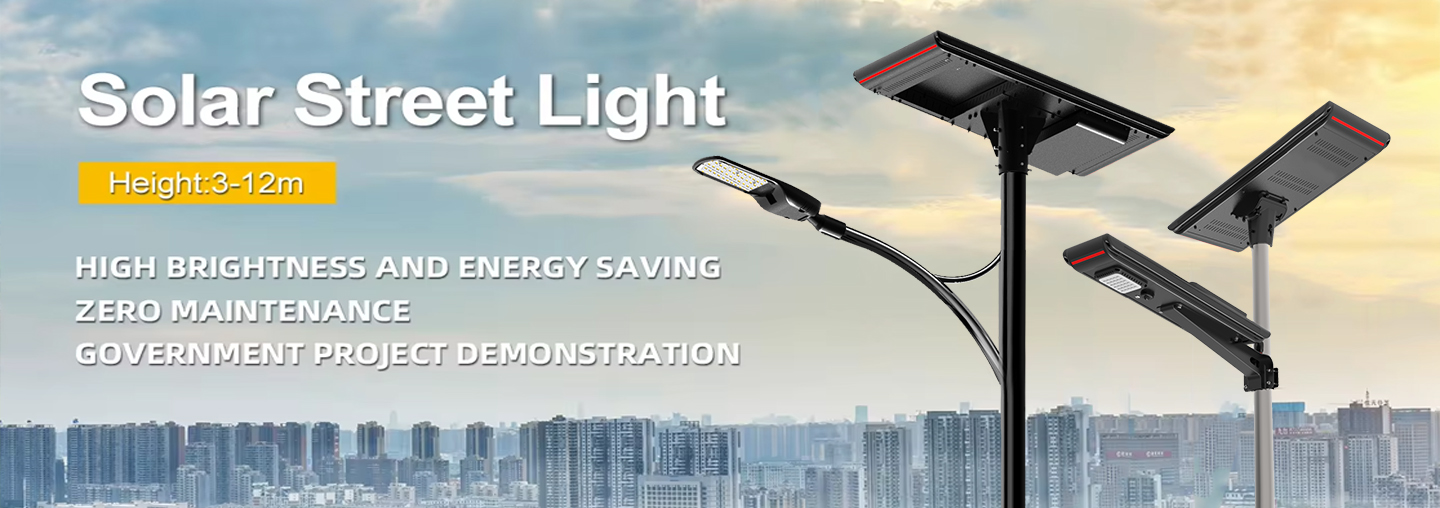- Solar Outdoor Lighting
- Integrated Solar Street Lights
- Solar lighting
- Supplier in China
- Solar Garden Light manufacturer
- All in One Solar Street Lamp
- Integrated solar street lights and semi solar road
- LED Rechargeabl Floodlight with Bluetooth
- The Development Trend of Solar Energy Industry
- How long is the life of multifunctional solar street lights and what maintenance is required?
- What points should be considered when buying multi-functional solar LED street lights?
- What are the advantages of solar street light with monitoring system?
- Analysis at the Development Trend of Solar Street Lights
- What are the advantages of intelligent street light monitoring system?
- solar street light
- Integrated Solar Street Light
- All in One solar street light
- Solar Led Street Light
- Solar Street Light Factory
- Integrated Solar Parking Lot Lights
- Integrated Solar Billboard Lights
- China Solar Lighting Supplier
- All In One Solar LED Street Lamp
- Outdoor Waterproof Solar Road Lighting
Categories
New blog
Tags
- 2023-10-30 15:22:14
1. Based on the direction of the road and the location of the light source, choose the direction of the light source, pay attention to the latitude of the installation location, and adjust the angle of the solar panel. The tilt angle should be based on the local latitude as the reference standard, so that the solar panel meets the maximum illumination area of the road surface.
2. Solar street lights must be installed with sufficient lighting and the solar panel facing the light surface without any shading throughout the day. Taking the northern hemisphere as an example, the solar panel faces north and south; The southern hemisphere is opposite, facing south and north, and the board can be placed flat near the equator.
3. Solar powered lighting fixtures should be avoided as close as possible to heat sources to prevent affecting their lifespan.
4. Environmental usage temperature: -20 ℃~60 ℃. In relatively cold environments, appropriate system configurations should be added to increase temperature protection.
5. There should be no direct light source above the solar panel. To avoid misidentification and misoperation of the lighting control system.

2) Foundation
1. Installation of foundation embedded parts (demonstration diagram)

Foundation pit:
Survey the location. If the soil is hard, excavate a pit of approximately 1 cubic meter at the location where the lighting fixtures are installed (depending on the height of the lamp pole). If the soil is soft or has special requirements, the excavation depth will be determined separately.

(3) Installation
Step 1: Inspection and testing;
1. Check if the accessories are complete,
2. Test whether the lighting fixtures are working properly.
According to the demonstration mode, the lights can work normally and it can be considered that the lighting fixtures are in good condition. Test completed: Please use the remote control to set it to the desired mode.
Step 2: Assembly of lamp holder components (suitable for flying crane lamps and nighthawk lamps);
1. Remove the three screws that secure the top cover and secure it.
2. Fix the fixing bracket to the solar panel using the 6 screws of the accessory bag.
3. Adjust the angle of the solar panel in advance and assemble it with the lamp holder.
4. The connection between the solar cell module and the bracket should be firm and reliable
5. The output lines of the components should be avoided from being exposed and securely tied with ties
6. The orientation of the solar panel should face due south, based on the compass pointing
Attention; The anti slip screws need to be tightened.
Step 3: Assembly of lamp cap and lamp pole

1. Install the lamp holder that has already installed the solar panel onto the lamp pole.
Attention: The caliber on the lamp pole is 60-70MM, depending on the installation caliber of different lamps
2. Tighten the six screws of the lock lamp pole.
3. Finalize installation


 Language
Language English
English français
français العربية
العربية 中文
中文 sales@szleadray.com
sales@szleadray.com +86-13424390319
+86-13424390319







